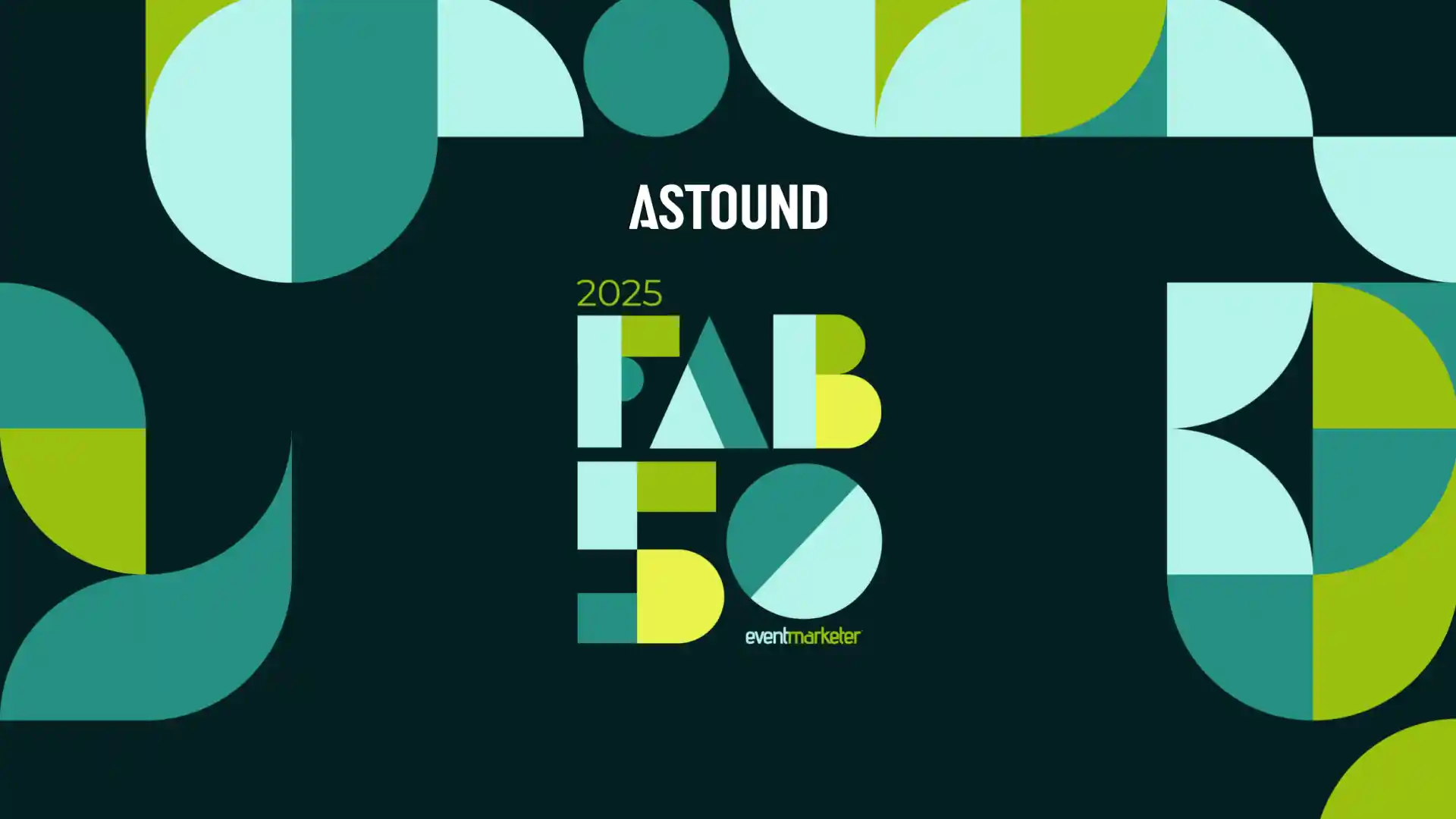Creativity and its Role in Problem Solving
Looking at portfolios of experiential marketers can sometimes feel like scrolling through an Instagram feed – flicking through and admiring, but seldom spending the time to dive deeper into the story behind the passing pixels.
It’s a symptom of our industry. So many projects are won and lost on beautiful images and renderings, but creative problem solvers are shifting that point of view. Designers are becoming marketers and storytellers, thinking more strategically than just tactically and artistically.
Creatives live in a world of problem solving. Creative problem solving is the ability to look for good ideas that can be put into action that addresses a particular need. The fact is that creative intelligence requires insights – insights from the client but also from the outside world that feeds into this process.
Here are a few best practices on how I inspire and apply creative thinking:
- Gather information with an open mindset – Getting the right information is about asking the right questions and quickly weighing the responses. An open mind allows us to think on our feet, probe deeper, and uncover how to tap into the emotion that will solve marketing problems. It provides us a brush to paint an otherwise black and white canvas, exciting us, our partner, and ultimately the end user
- Starts questions with a "what if" and be prepared to answer “why not” – These open-ended statements and questions are your creative mantras. Creativity is limitless but by definition, design requires a problem. Applying outside-the-box thinking to a design problem allows us to navigate the sanctions and limitations of a scenario and come out with a solution that turns those limitations into features, not flaws.
- Be sure the solution fits the problem – So many times we see a “what” without a “why” as a result of trying to fit a square peg into a round hole. Whether it be a new technology, personal bias, or a fleeting trend, it’s important to weight the use against the story being told. Part of creative thinking means being aware of those biases. Store your technologies and trends in the back of your head and draw lines to them at the right time – not every time.
Next time you find your thumb getting tired from hypnotic portfolio scrolling, take a break. Be critical of what you see and ask questions. “Who is this meant for?”, “How would he or she experience this?”, and “What’s the big idea that solves a real world problem?”.
Practicing this elevated awareness expands so far beyond designers and creatives.
Use an open-minded, solutions-oriented approach to cut through the clutter of your life, and elevate your next project.


